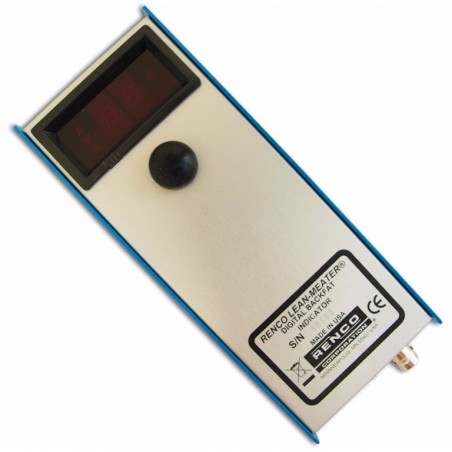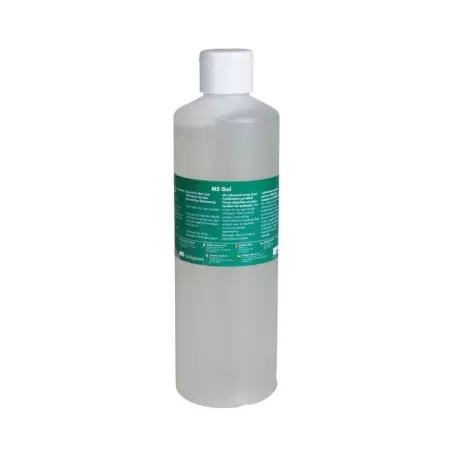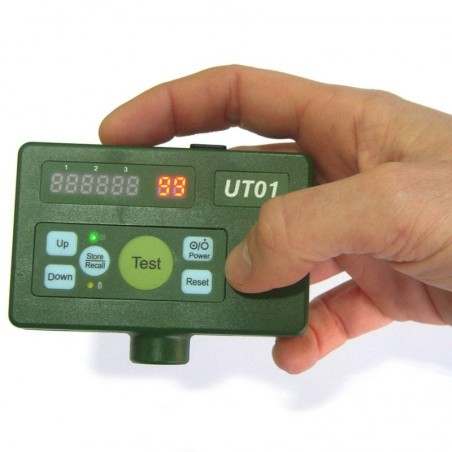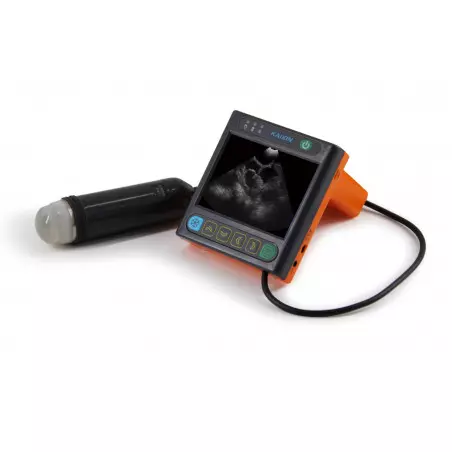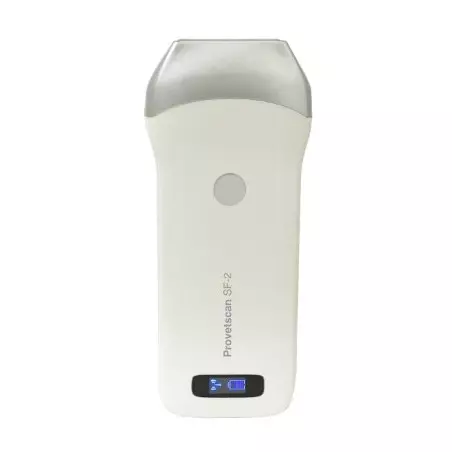In order to start a reproductive cycle, it is essential that sows show signs of estrus so that they can be inseminated and begin a new gestation. Whether we are talking about gilts or weaned sows, there is always a small percentage of animals that do not show signs of estrus or they show them late compared to what would be normal. If they do not show signs of heat, the problem is serious, since it would not be possible to start a reproductive cycle; but if they show delayed signs of heat (usually this happens after weaning), the problem is that it affects the structure of the batches and, therefore, the number of farrowings that will be achieved in each batch, in addition to increasing production costs by having a percentage of non-productive sows on the farm.
Anoestrous sows are those that do not show signs of heat in the first 10 days after weaning, which leads to a lengthening of the wean-to-service interval, with consequent production and economic repercussions.

Under normal conditions, 93% of weaned sows should have shown signs of estrus within 10 days after weaning.
This is usually expressed as a percentage of sows weaned in a period. When weaned sows that have not yet shown signs of estrus exceed 7% of the total sows weaned in a given period, they should be investigated in order to find corrective measures to bring them back to normal. In other words, an investigation should be done when the wean-to-estrus interval is longer than 6 days.
Steps to follow in the investigation
The first step will always be to discontinue any hormonal treatment being given to the sows. Hormonal treatments are always aimed at affecting the reproductive cycle in different ways. In order to not alter the investigation, it is crucial to temporarily suspend treatments until you know the cause and what corrective actions to take.
The second step is to group sows that show delayed signs of estrus after weaning according to different periods which will allow them to be related to different possible causes of the problem.
Group 1
Anoestrous sows coming into heat in the period 25-30 days post-weaning.
If we subtract the normal duration of an estrous cycle or heat cycle (21 days) from 25-30 days, we find that the sows came into estrus normally post-weaning: 4-9 days post-weaning. This type of situation occurs when heat detection is not good.
The solution should be to improve estrus detection efficiency immediately after weaning.
This type of sow does not respond to the usual hormonal treatments (combinations of PMSG and HCG) that are done starting at 10 days post-weaning.
Group 2
Anoestrous sows that come into heat in the period 21-25 post-weaning.
As in the previous case, the response to the usual hormonal treatments (combinations of PMSG and HCG), when done after 10 days post-weaning, is poor or scarce.
In this case, as in the previous one, if we subtract the normal duration of an estrous cycle or heat cycle (21 days) from the days in which it was detected, we will find that the sows came into estrus possibly around the time of weaning or in the first days post-weaning (<4 days post-weaning). This type of situation can occur in the following scenarios.
- Long lactation length. Long lactations (>28 days) combined with very good farrowing room management. High feed intake by the sow and piglets can lead to early estrus, which can go unnoticed if early heat detection with a boar is not carried out from the day of weaning. This type of situation is frequent in sows that have been used as nurse sows or in sows with small litter size and high feed intake.
- Split weaning. The practice of split weaning brings estrus forward by 24-48 hours.
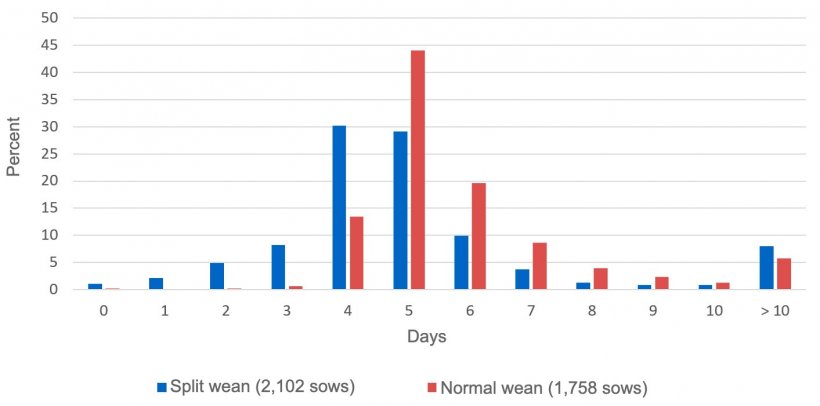
Figure 1. Proportion of sows in estrus from the day of weaning. P. English, 1986.
- Piglet vaccination. Early vaccination plans in piglets are currently popular and vaccines are most commonly given in the last week of lactation. Some vaccines tend to cause degree of reaction, temporarily affecting the piglets' normal behavior. If the piglets temporarily reduce their intake of the sow's milk, this can be enough of a stimulus for sows to come into estrus earlier, causing a percentage of sows to come into estrus around the time of weaning.
- Other causes. In organic productions where long lactations and free farrowing housing systems are combined, it is possible for piglets to eat large amounts of feed at the end of lactation period, breaking the normal dynamics of lactation and causing partial drying up of the sow that will cause her to come into estrus earlier.
Any other cause of premature drying up of the sow can produce this type of anestrus.
Naturally, the use of the boar as a component of heat detection starting from the moment of weaning will be essential in preventing this.
Group 3
Anoestrous sows that come into heat in the period from 10 to 20 post-weaning.
This is perhaps the most frequent post-weaning anestrus problem and within this period two general causes should be distinguished:
- Excessive loss of body condition during lactation.
- Coming into heat during lactation.
Therefore, the first question we should ask ourselves is:
Is there a considerable difference in body condition between the beginning of lactation and at the end?
By considerable difference we are referring to losing more than 3-4 mm of back fat, more than 2-3 body condition scores, or more than 15% of live weight.
If the answer is AFFIRMATIVE
It is known that an excessive loss of body condition during lactation has a negative impact on the wean-to-estrus interval, lengthening it and therefore increasing the percentage of anestrous sows. Sows need more days to recover lost protein and fat reserves before starting a new reproductive cycle.

Figure 2. Sow weight loss according to parity. Thaker, M.Y.C., Bilkei, G. (2005).
It is easier for this type of situation to occur in periods of high temperatures (summer) because the intake of lactating sows is negatively affected. In these periods there are more reproductive parameters that will be affected, such as returns, empty sows, or abortions, which will increase. The most affected sows will always be first parity sows because they are the ones that will still be growing during their first lactation, reaching the limit of their capacity to cover their nutritional needs (they must eat enough to continue growing and to maintain milk production).
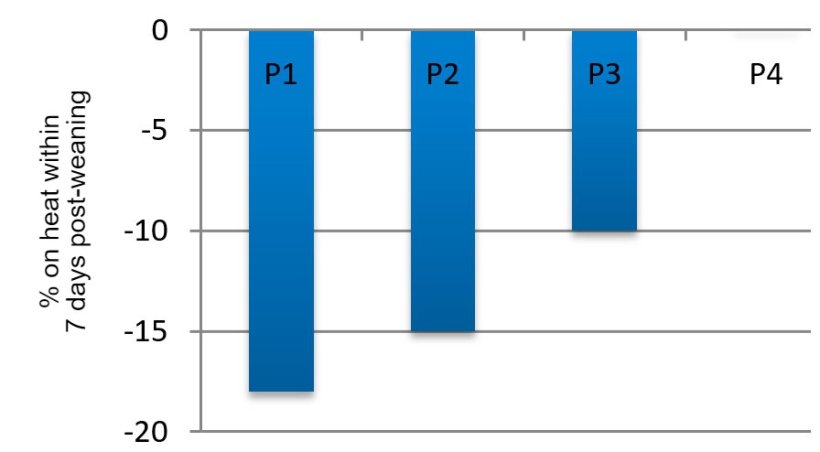
Figure 3. Effect of parity on the percentage of sows expressing estrus within the first 7 days post-weaning in summer compared to spring (adapted from Belstra et al., 2004).
Table 1. Typical pattern of gestational losses during seasonal infertility (O’Leary, 2010).
| Spring | Summer/Autumn | |
|---|---|---|
| Regular returns | 3.7% | 8% |
| Negative at pregnancy Dx | 3.7% | 12.6% |
| Abortions | 0.7% | 2.3% |
| Adjusted farrowing index | 91.9% | 77.1% |
The solution in these cases is to review the quality of the diet and the quantity fed during lactation in order to reduce weight loss. In cases where the problem is concentrated exclusively in first parity sows, it may be necessary to consider the age at first service and the secuencial management of these females, especially with regard to feeding.
If the answer is NEGATIVE
When sows are late coming into estrus, but their condition at weaning is excellent, other causes should be considered. Sometimes the delay in showing estrus is caused by early weaning of the sows:
- Short lactations
- Gilts: <21 days causes anestrus due to lack of uterine involution.
- Multiparous: <17 days causes anestrus due to lack of uterine involution
- Lack of proper stimulation
- Lack of contact with the boar.
- Lack of light intensity (< 300 lux and 14-16 h of light per day).
- Excessive cold or heat.
- Excessive stress at weaning:
- Sows weaned in very large groups
- Mixing sows with gilts (will affect primarily the gilts).
- Competition for feeder or space (animal density too high).
- The obvious presence of parasites (internal or external)
- Presence of micotoxins in the feed
- Etc.
Other times anestrus is caused by an early dry off of the sows that will cause them to come into estrus during lactation. If, as we have done in the previous cases, we subtract the normal duration of an estrous cycle or estrus cycle (21 days) from the days in which it was detected, we will find that the sows possibly came into estrus during the second half of the lactation (15 days or more). This type of situations can occur in the following situations.
- Partial weanings. Progressively reduces the sow's milk production to the point that she comes into heat while still lactating.
- Diarrhea in nursing piglets.
- Litters with sick or weak piglets (typical situation).





